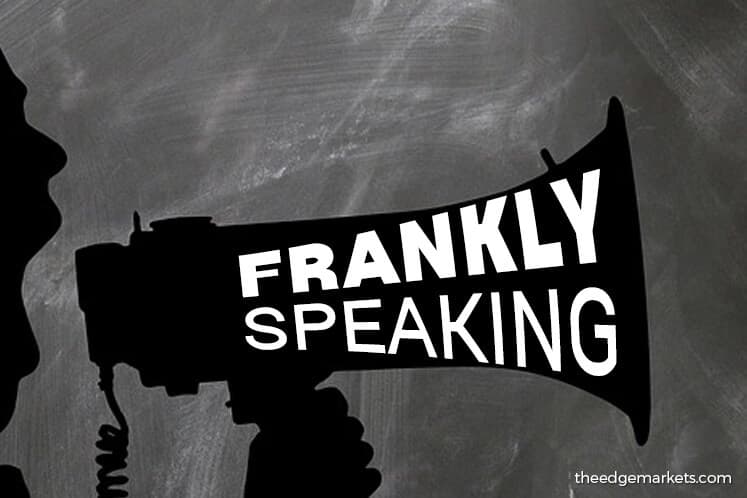
This article first appeared in The Edge Malaysia Weekly on June 4, 2018 - June 10, 2018
The decision of the new government to scrap the high-speed rail (HSR) to Singapore and review the East Coast Rail Link (ECRL) has stirred heated debate, not just in Malaysia but also across the Causeway and in China.
China is already involved in the ECRL. State-owned Export-Import (Exim) Bank is providing a RM55 billion loan for the RM60 billion to RM70 billion project, which has been awarded to another state entity, China Communications Construction Co Ltd (CCCC), via direct negotiation. Prime Minister Tun Dr Mahathir Mohamad has described the terms of the ECRL contract as “strange”.
China is also eyeing the HSR from Kuala Lumpur to Singapore, which is also tied to the development of Bandar Malaysia — a sprawling project Chinese companies are keen to be involved in.
Singapore sees the HSR as an opportunity to develop Jurong East, where the HSR is supposed to end, into its second central business district. The cancellation of the project, estimated at RM110 billion (project and financing cost), has thrown a spanner into Singapore’s plan (see story on Page 35).
Some segments of the media in China have taken a rather hard-line stance. The Global Times published a commentary on May 31, headlined “Ditching Chinese-built high-speed rail will carry high costs for Malaysia”.
“Malaysia is not the only investment destination for foreign infrastructure businesses. It’s very easy for Chinese companies to shift their focus to other countries, but Malaysia’s economy is the one that will suffer big losses,” the commentary said. That statement is rather threatening and, more importantly, inaccurate. Malaysia must make its own decisions and not succumb to threats and bullying.
Chinese companies are NOT investing in the ECRL. They are the financiers as well as the project contractor. Malaysian taxpayers are the investors and the ones who have to pay for both the ECRL and HSR. In other words, Chinese companies bear very little risk and have more to gain from the ECRL. But if the train service is unprofitable to run, as many experts believe will be the case, it is Malaysia who has to shoulder the burden in the years ahead.
One solution, of course, is to invite Chinese companies to be investors in the ECRL by converting the Chinese loan into equity. The One Belt One Road initiative should not be merely about China lending money to countries like Malaysia for projects that benefit Chinese financiers and contractors.
The final cost of the ECRL (including financing cost) will come up to around RM92 billion, based on current estimates. For us to carry out these two massive projects for RM200 billion concurrently is too much for already stretched government finances to handle at this time (read interview with Finance Minister Lim Guan Eng on Page 61).
Aside from affordability, the fact is that the costs of the ECRL and HSR are out of whack with the norm.
As a comparison, the 350km HSR from KL to Singapore will work out to between RM171 million and RM200 million per km, which is almost three times higher than the cost of HSR projects in China, which average around RM70 million per km! (see table).
Similarly, the cost for the ECRL is way above what construction experts estimate. The ECRL project cost works out to RM108 million per km compared with RM58 million per km for the Ipoh-Padang Besar rail project (2008) and RM46 million per km for the Gemas-Johor Baru rail project, awarded in 2016.
Industry experts say the ECRL can be built for between RM30 billion (single track) and RM40 billion (double track), compared with the directly negotiated price of RM60 billion for single track and RM71 billion for double track.
Those responsible for agreeing to the pricing of the ECRL have a lot of explaining to do.
Ho Kay Tat is publisher and group CEO of The Edge Media Group
Save by subscribing to us for your print and/or digital copy.
P/S: The Edge is also available on Apple's AppStore and Androids' Google Play.